It’s hopefully not a secret that I have a background in sustainability – It’s part of our mission at Hark and was something I explored in my green marketing dissertation.
I found sustainability such an interesting topic during my time at VisitScotland, the balance between promoting something vs maintaining something is a difficult one to find. Something which John Grant phrases in a much nicer way:
Marketing is something that encourages you to consume more, sustainability something that encourages you to consume less.
The Green Marketing Manifesto, John Grant, 2008
This fundamental tension sits at the heart of everything we do in modern marketing. How do you sell more while encouraging people to buy less? How do you drive growth while preserving resources? It’s a puzzle that’s kept me up at night more than once.
The reality is that consumers are increasingly demanding authenticity from brands. They can spot greenwashing from a mile away, and they’re not afraid to call it out. This shift has forced marketers to think beyond traditional growth metrics and consider the broader impact of their campaigns.
During my time working on tourism campaigns, I witnessed this tension firsthand. We’d create beautiful content showcasing Scotland’s natural beauty, encouraging people to visit – but then worry about the environmental impact of increased footfall on fragile ecosystems. It’s the classic marketing paradox: success can sometimes undermine the very thing you’re trying to promote.
Books That Changed My Perspective
Over the years, I’ve collected a small library of books that have shaped how I think about sustainable marketing. These aren’t just theoretical texts – they’re practical guides that have influenced real campaigns and strategies.
The Green Marketing Manifesto by John Grant remains my go-to reference. Grant doesn’t just identify the problem; he offers a framework for thinking differently about marketing’s role in society. His concept of “green marketing” isn’t about slapping eco-friendly labels on products – it’s about fundamentally rethinking how we create and communicate value.
Cradle to Cradle by Michael Braungart and William McDonough completely shifted my understanding of what sustainable design could look like. Instead of just doing less harm, they argue for systems that actually improve the world. It’s ambitious thinking that’s influenced how I approach campaign planning – not just minimising negative impact, but actively creating positive outcomes.
The Sixth Extinction by Elizabeth Kolbert provides the sobering context that every marketer should understand. When you grasp the scale of environmental challenges we’re facing, it becomes impossible to approach marketing with the same cavalier attitude. This book doesn’t offer marketing advice directly, but it provides the “why” behind sustainable practices.
Doughnut Economics by Kate Raworth challenges the growth-at-all-costs mentality that underpins much of traditional marketing. Raworth’s framework helps marketers think about success within planetary boundaries – something that’s particularly relevant for those of us working in energy and IoT sectors.
The Purpose-Driven Life by Rick Warren might seem like an odd choice for a marketing reading list, but bear with me. Warren’s exploration of finding meaning beyond material success has influenced how I think about brand purpose. Too many companies treat purpose as a marketing afterthought, but Warren’s framework helps identify authentic drivers that can guide sustainable business practices.
Thinking, Fast and Slow by Daniel Kahneman offers insights into consumer psychology that are essential for sustainable marketing. Understanding how people make decisions – often irrationally – helps marketers design campaigns that nudge towards better choices without being preachy or manipulative.
Making It Work in Practice
The challenge isn’t knowing what to do – it’s figuring out how to do it while still hitting business objectives. In my experience, the most successful sustainable marketing campaigns are those that solve real problems for consumers while advancing environmental goals.
At Hark, we’ve found that energy efficiency isn’t just about saving the planet – it’s about saving money, improving comfort, and reducing hassle. When you frame sustainability benefits in terms of immediate consumer value, the message becomes much more compelling.
The key is authenticity. Consumers can sense when sustainability is just a marketing veneer versus when it’s genuinely embedded in a company’s operations. This is why many of the books I’ve mentioned focus on systems thinking rather than just communication tactics.
The Future of Sustainable Marketing
We’re at an inflection point where sustainable practices are moving from nice-to-have to essential. Regulations are tightening, consumer expectations are rising, and the business case for sustainability is becoming clearer.
The marketers who thrive in this environment will be those who can navigate the tension between growth and sustainability – not by choosing one over the other, but by finding creative solutions that serve both masters.
It’s not easy work, but it’s necessary work. And frankly, it’s more interesting than the alternative. When you’re solving real problems for real people while building a better world, marketing becomes something you can be genuinely proud of.
The books above have shaped my thinking, but they’re just the starting point. The real learning happens when you take these ideas and try to implement them in the messy, complex world of actual marketing campaigns. That’s where the real innovation happens – and where the future of our industry will be written.
Photo by Jessica Ruscello on Unsplash




